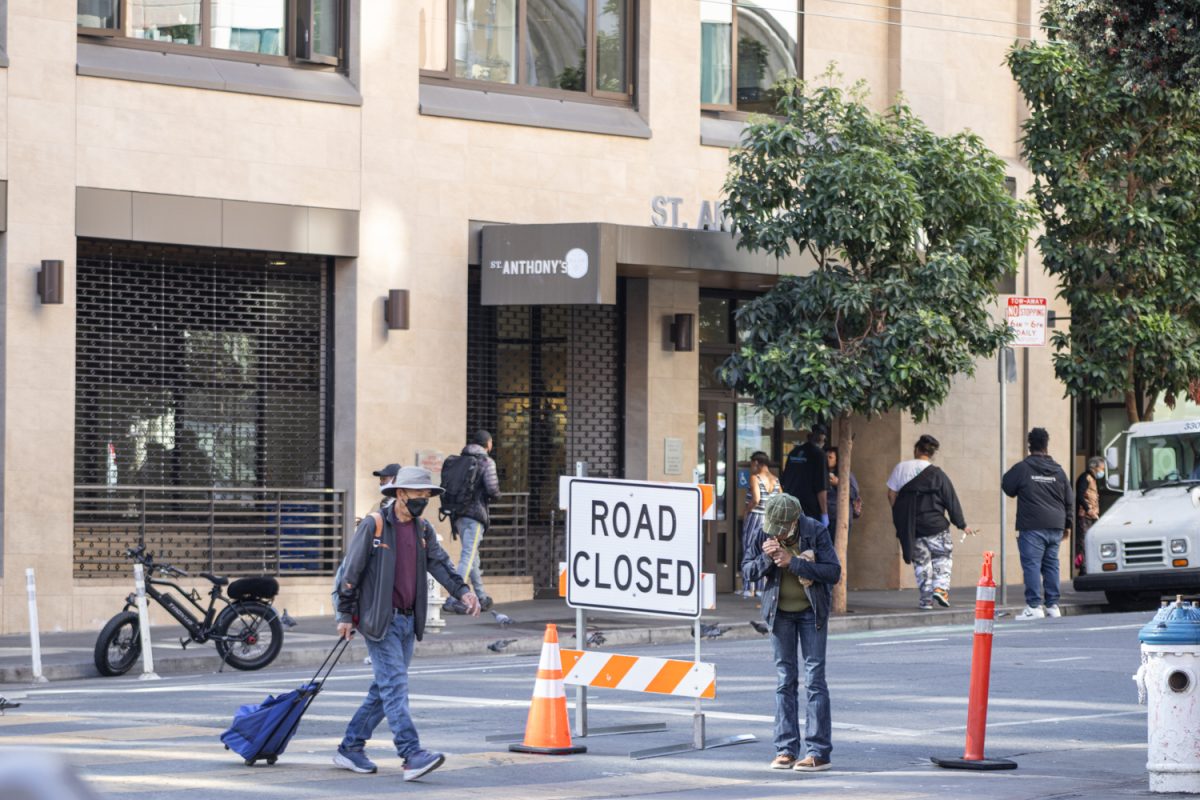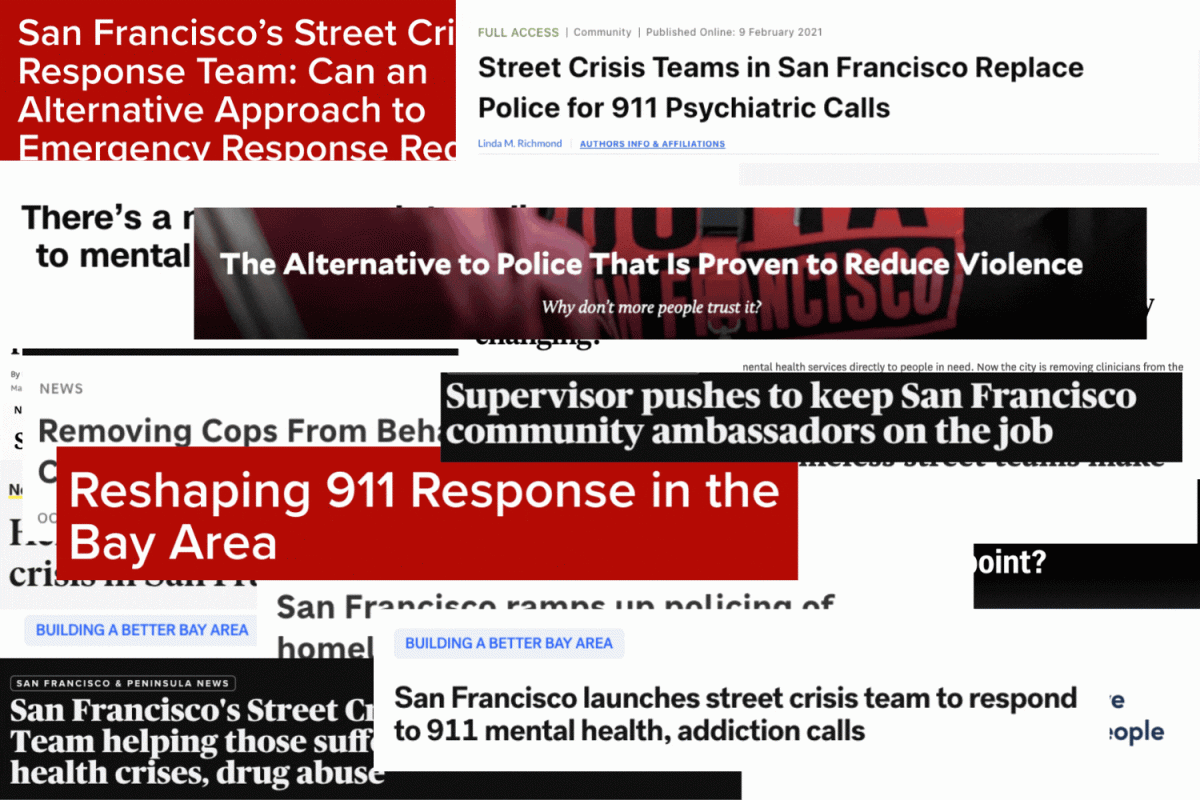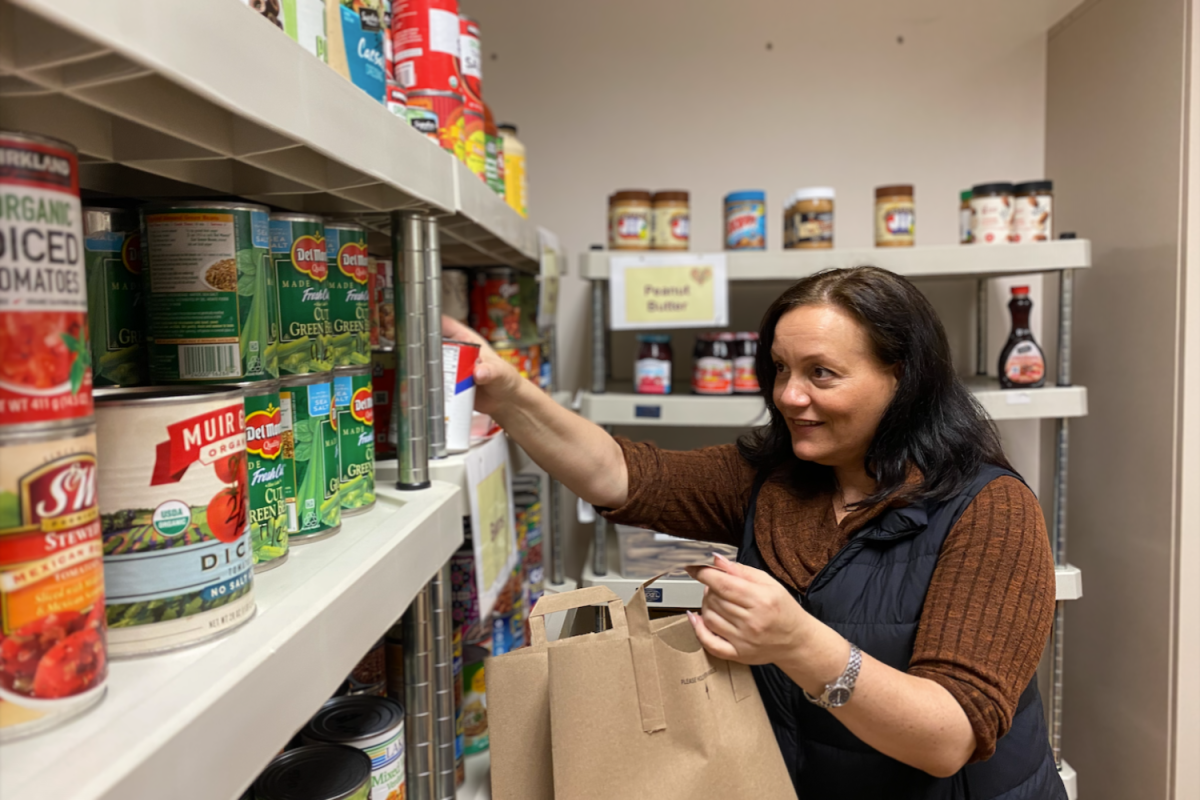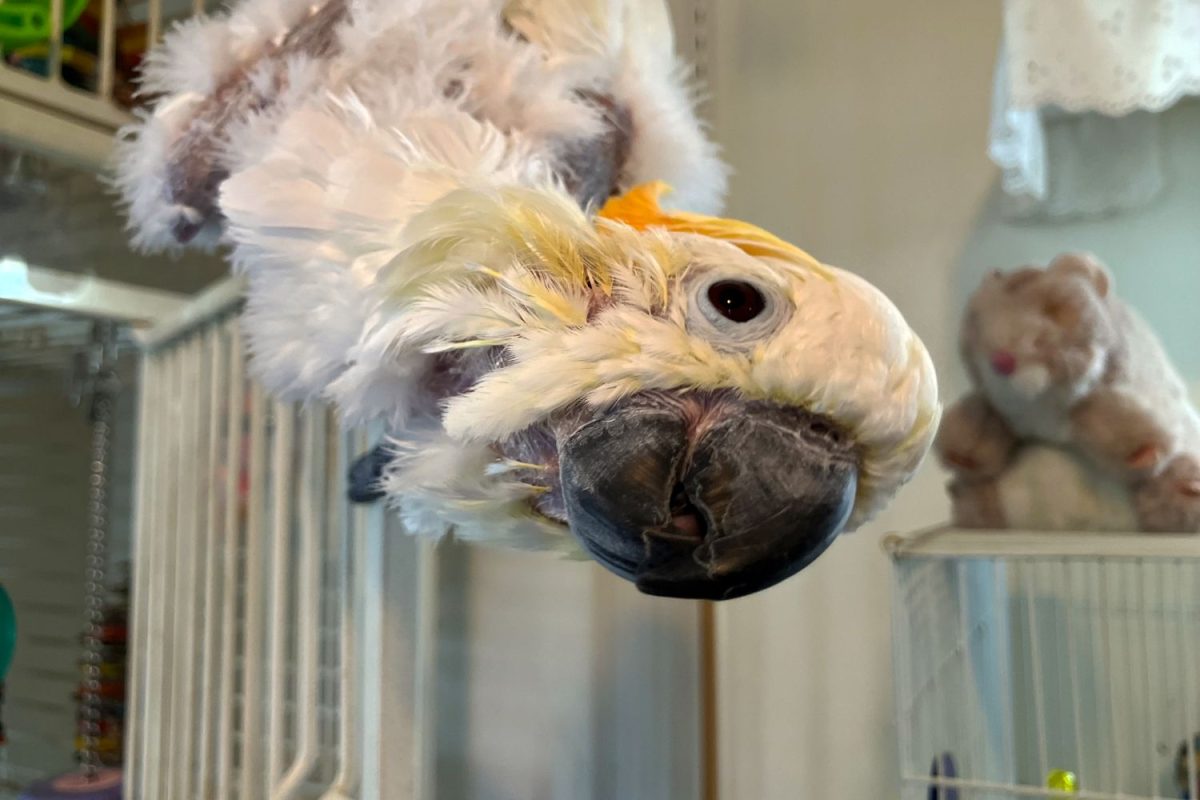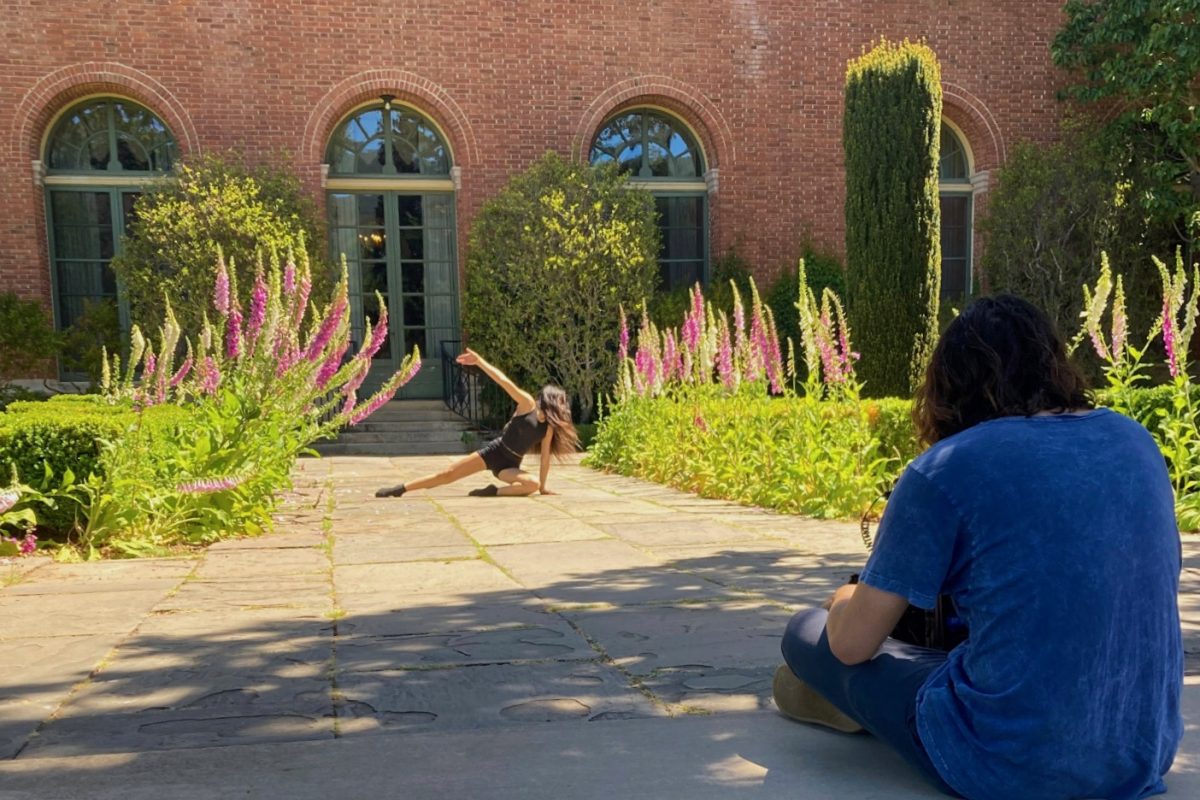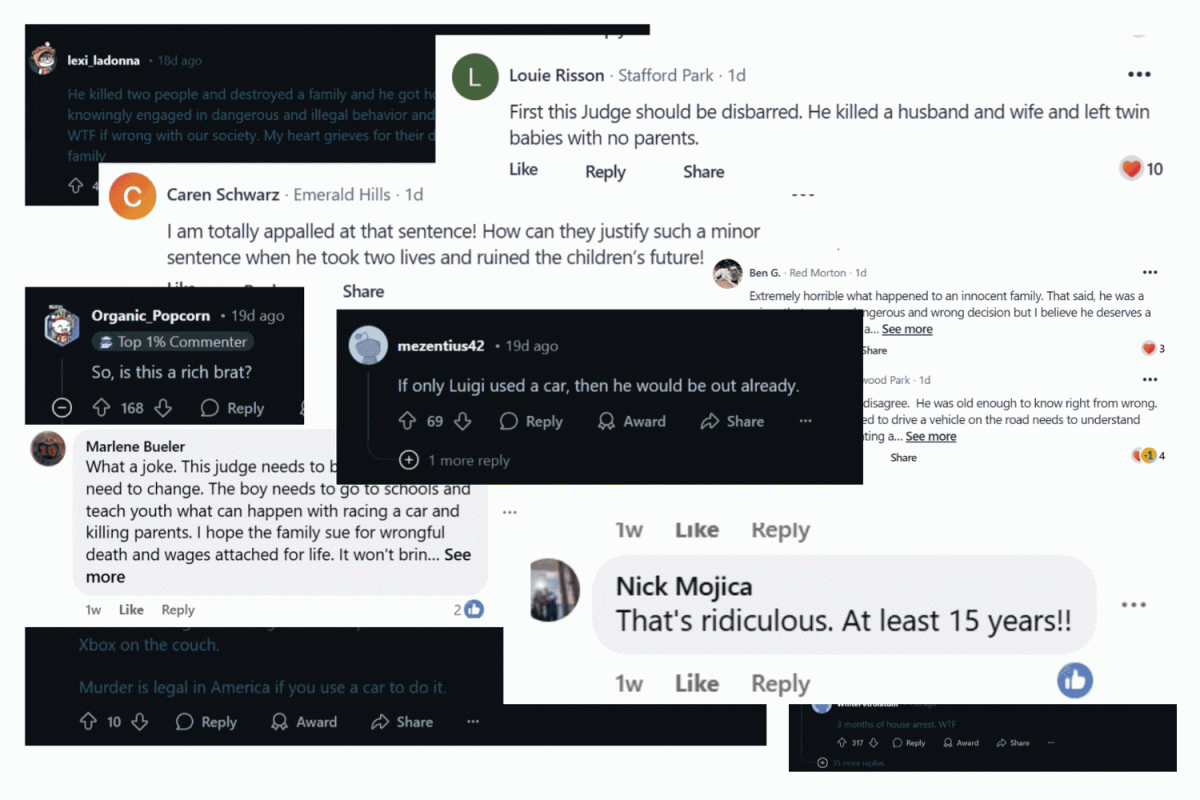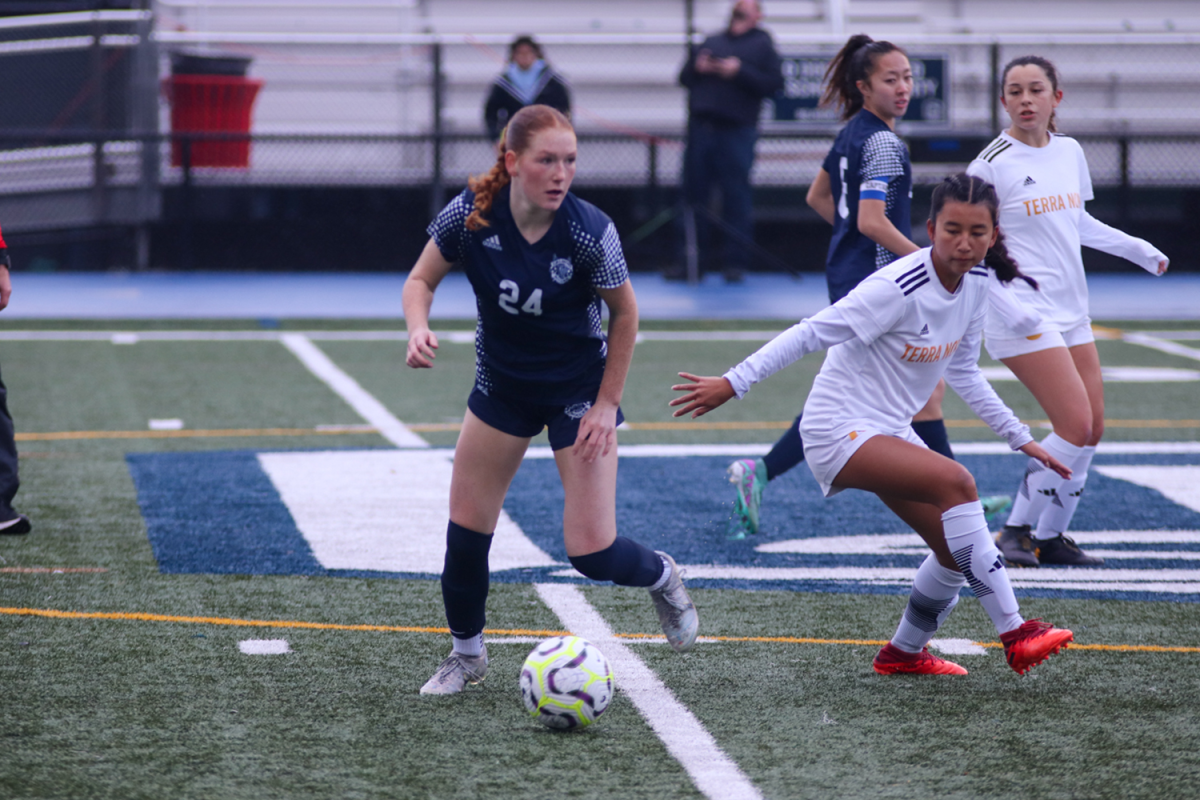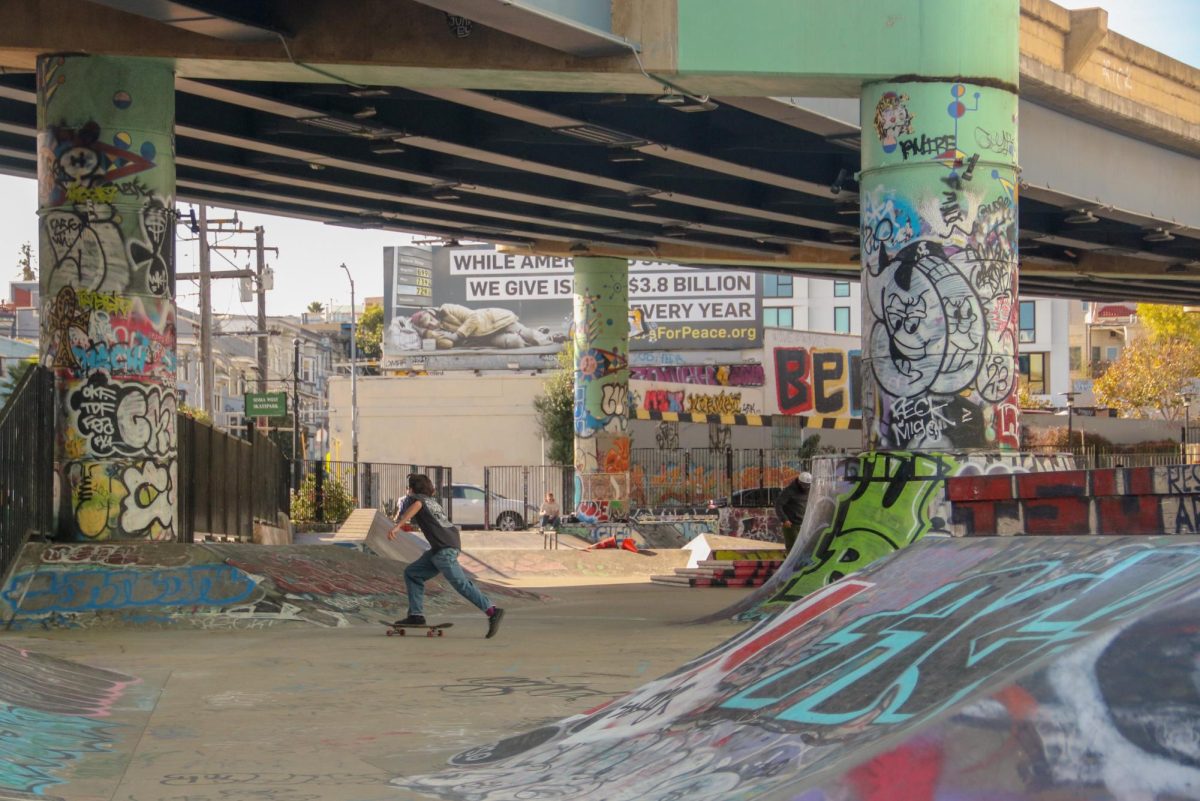According to the 2022 Point-in-Time (PIT) count, 887 out of 100,000 San Francisco residents experience homelessness. That is the third-highest rate in the United States, ranking only behind Oakland and Los Angeles.
The PIT count is conducted every two years by local agencies and consists of two parts: a sheltered count and an unsheltered count.
The community most impacted by the homelessness issue in San Francisco is the Tenderloin, a neighborhood in downtown San Francisco that neighbors Market Street and Nob Hill. The PIT found that 7,750 people were unhoused in San Francisco, 3,848 of whom lived in District 6, which contained the Tenderloin (the districts have since been redrawn in April 2022).
To combat the homelessness and poverty issues, the Tenderloin contains several service centers and shelters, one of which is St. Anthony’s Foundation.
St. Anthony’s was founded in 1950 as a nonprofit service center in the Tenderloin. They are funded mainly through donations and investments, contributing to several locations providing food, shelter, and healthcare around the Tenderloin.
“St. Anthony’s has been around for a long time. It was there and prevalent when I was there and it was appreciated. I could tell their services did a lot to help the community when people were struggling,” Sunahara said.
Specifically, their dining room service is a hotspot in the neighborhood, giving out about 1,700 meals daily for anyone who wishes to come in. The service is run entirely by volunteers who sign up on St. Anthony’s website. Over the course of their existence, they have served 47 million meals, and culminated in a total of 114,000 volunteer hours.
Adrian Ibarra is the volunteer service supervisor in the St. Anthony’s dining room. His role is coordinating the dining room service that allows about 1,200 to 1,400 people to be served daily. It includes scheduling volunteers, assigning roles, and supervising the entire process.
“We have a variety of guests: everyone from people experiencing homelessness to seniors who just kind of need a little extra help with food at the end of the month,” Ibarra said.
Homeowners also struggle with making ends meet, as 26.5% of Tenderloin households are below the poverty line according to the U.S. Census Bureau’s American Community Survey. This is the second-highest rate in San Francisco, measuring behind Chinatown.
“What really surprised me working here is that most of our guests do have homes, are sheltered, but just because the city can be so expensive, as the end of the month comes around, they aren’t sure if they’re able to eat a meal if they pay all their bills,” Ibarra said.
Like many service centers in the area, St. Anthony’s heavily relies on volunteers who come out and help run their programs. Oliver Hendrix is a senior at Serra High School and frequently volunteers at the St. Anthony’s dining room.
“A typical shift that I’ve done would be to get there before the meal starts, clean all the tables, and get everything set up for serving. I would serve food to people, typically to people that were in wheelchairs or couldn’t walk,” Hendrix said. “If they didn’t want something, I wouldn’t get it for them, and I’d generally try to talk to everyone there and treat them as guests.”
The dining room section has two parts.
First, a long line often stretches outside the building for nondisabled people, where they get served their meal and sit down to eat. Meanwhile, people with disabilities have a section where volunteers serve food to them so the guests don’t have to wait in line. Typically, this is the role that Hendrix takes on when volunteering.
The dining experience accommodates many different people from different backgrounds, establishing a sense of community in the Tenderloin.
Homelessness and poverty continue to be rampant in San Francisco, and certain communities feel the brunt of that reality more than others. The many services provided by St. Anthony’s significantly help alleviate those issues by serving those who need it.
Volunteers like Hendrix, who dedicate their time to helping their city, are integral in efficiently running service centers and nonprofits. Because of those volunteers, organizations like St. Anthony’s can make a meaningful difference in San Francisco as the city continues to struggle with urban deprivation.


